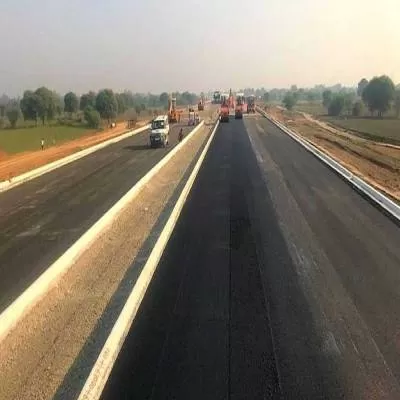
Mumbai, April 11 -- The Lucknow-Kanpur Motorway is set to become India's most technologically advanced motorway with the adoption of Automated Intelligence Machine Guided Construction (AIMGC) - a precision-driven construction method previously used only in the United States and Germany.
This marks the first time AIMGC is being deployed in India's road infrastructure sector. The system ensures strict adherence to prescribed material quality and quantity, with real-time alerts issued in case of any deviation during construction.
Of the total 63 km length, a 45 km greenfield section between Bani and Kanpur is being built using AIMGC, GPS, and 3D modelling technologies. The goal is to deliver a high-durability, perfectly levelled motorway that offers a superior driving experience.
The motorway is being developed at a cost of Rs 30 billion, and while it will be one of the shortest motorways in India, it is expected to set new benchmarks for construction quality. Ahead of the project's rollout, officials from the National Highways Authority of India (NHAI) visited Los Angeles to study advanced motorway systems in the U.S.
The greenfield segment is being executed with technical support from U.S.-based firm Trimble. Construction equipment has been fitted with GPS-enabled devices linked to 3D design models, allowing continuous tracking of layered material placement and real-time guidance for structures such as underpasses and road cuts.
According to NHAI Regional Project Director Saurabh Chaurasia, the motorway is expected to remain damage-free for at least a decade, thanks to the high-precision construction process.
Published by HT Digital Content Services with permission from Construction World.
